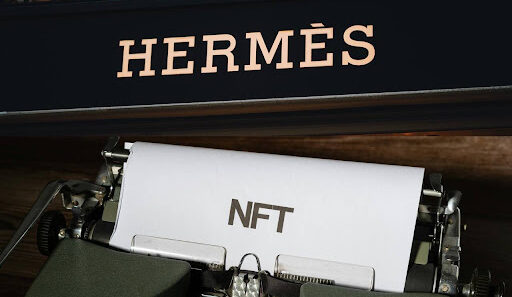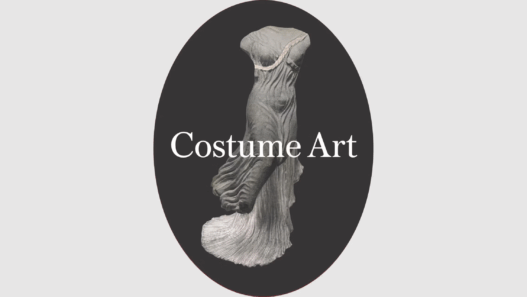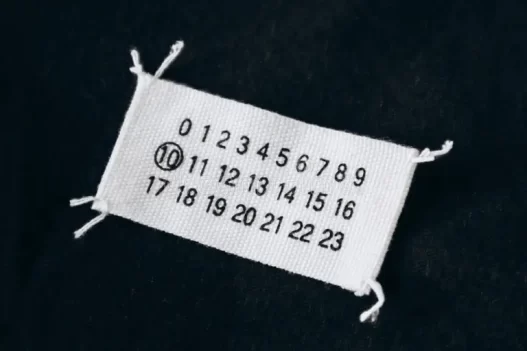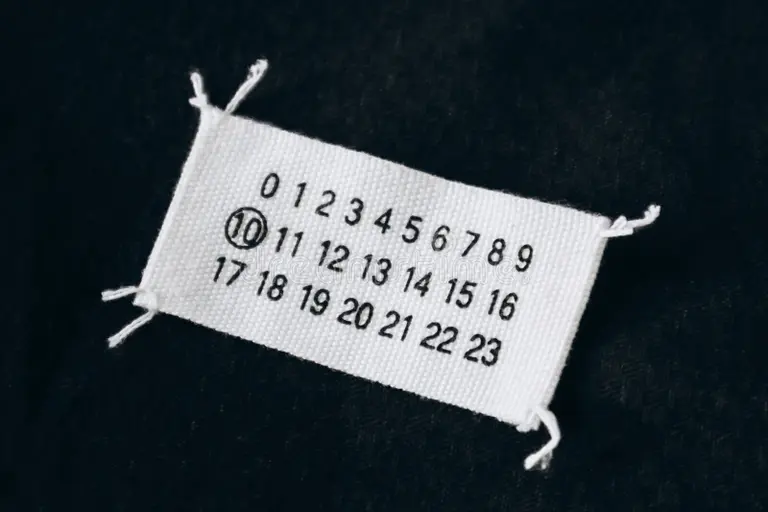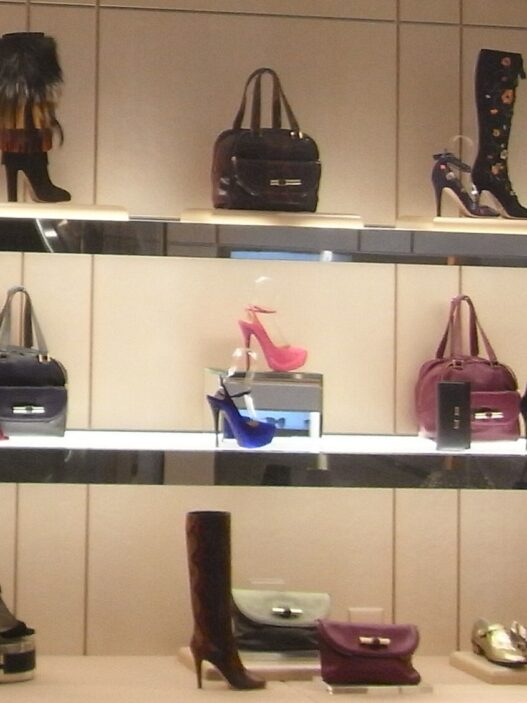Luxury fashion often thrives on celebrity branding, where everyone from the designer becomes one with the celebrities, and their logos take over the entire industry. Contrary to all of these, however, was Maison Margiela, which thrived on a semi-anonymous cultism. Its unlabelled designs and faceless models have changed the very definition of a fashion house to one of the most intriguing ever in fashion history. The following article details secretive strategy assets and their development under various creative domains, and it dips into today’s adaptations.
Embracing Anonymity: A Deliberate Departure from Tradition
The reclusive founder and his philosophy
Belgian designer Martin Margiela established the brand in 1988, which was groundbreaking immediately. Margiela declined personal attention, never conducted interviews, and never appeared in public, unlike her peers, such as Jean-Paul Gaultier. The brand was made more mysterious because his staff wore white lab coats and his fashion presentations were frequently hosted in shuttered warehouses. He let the designs speak for themselves by staying out of the spotlight. Deconstruction and minimalism emerged as Maison Margiela’s primary aesthetics. Labels were taken off clothing, old clothing was recycled, and inside-out seams were used. Instead, the trademark was represented by a simple white tag with four stitches, strengthening anonymity. Ironically, this makes things more exclusive, which appeals to intellectuals and avant-garde buyers.
Mystique as a Luxury Branding Strategy
The invisibility cult
Luxury is something that thrives on exclusivity, and Margiela’s anonymous strategy is, in fact, an excellent lesson on how desirability works by remaining a secret. The absence of cross-brand logos means that only people genuinely interested in fashion can distinguish the quality of an original Margiela confection, redoubling in prestige. The brand often lets word of mouth and artist presentations make the status of an insider brand official.
The idea that “absence means presence” has helped render Maison Margiela very mysterious, where every piece is seen as stepping out of a larger narrative. This narrative is as much about what is not said as what is revealed.
The Essence of Deconstruction in Design
The core of the House of the Peyres is deconstruction. As a reimagining of what makes up the so-called bodily shapes of typical buildings, the clothing is designed to show off the seams and raw edges of reassembled fabrics. These will transform objects into what can be called art; nonetheless, they capture an intangible conundrum that will be analysed and valued for its complexity and inventiveness.
This kind of dismantling will also alter how consumers view fashion. It is a fictitious celebration of flaws and change. In addition to inspiring hordes of other names au courant with cutting-edge designs, it has paved the way for a broader appreciation of minimalism.
Minimalism as a Statement
In Maison Margiela’s case, minimalism means developing an elusive and exquisite aesthetic rather than reducing everything to the bare essentials: All facets of this brand’s apparel are minimalistic, which supports the opinions of the envisioned minimalist presentation. The store featured tip-toeing signs, intentionally white walls, and straightforward layouts.
This brand doesn’t have a big, eye-catching campaign for premium buyers. Maison Margiela’s austere beauty is a refreshing counterpoint. It speaks to the desires of contemporary luxury consumers for originality, authenticity, and experience—qualities that have only grown in significance in this digital era.
Circa Post-Margiela: John Galliano’s Anonymous Offering
With Margiela’s departure from the Maison in 2009, speculation surrounded the renegotiation of his legacy. It changed significantly when John Galliano was appointed to the brand in 2014. A seemingly incongruous match at first, Galliano had long been associated with ostentation at Dior, and he reinvented the brand while preserving its inherent core values.
Under Galliano, the brand preserved its intrigue, punctuated by surrealist touches of inspiration. Galliano’s “Artisanal” collections elevated anonymity to an almost high art, featureless model faces and exaggerated silhouettes. The design post-Margiela incarnated his vision within the spirit of Galliano’s cutting-edge sanctuary for luxury in the modern day.
Brand Expansion: Perfume, Sneakers, Collaborations
Despite its niche position, Maison Margiela expanded upon it through intelligent product lines. With the launch of the Replica fragrance line in 2010, the audience thus broadened. While traditional perfume advertising focuses on the brand, in the case of Replica, it saw itself as a storytelling brand, whereby each scent conjured up memories rather than naming after the brand. The collection enjoyed huge sales, indicating that anonymity could be a commercial success in perfume marketing.
Similarly, the Margiela Tabi boots and sneakers attained that status. Immediately identifiable without a logo, the split-toe design was inspired by Japanese tabi socks. Collaborations with Reebok and other high-profile labels helped to strengthen its positioning within the fashion mainstream without losing its niche appeal.
Creating Digital Engagement, Avoiding Excess Visibility
The crux of the problem was maintaining secrecy while also trying to win over modern consumers in the first instance. In its battle against social media, Margiela again resorted to cryptic storytelling rather than mainstream influencer marketing. Instead, Margiela’s products are promoted with ghostly imagery or behind-the-scenes shots on Instagram rather than standard ads.
Maison Margiela has turned to digital fashion, promptly getting involved in NFT and metaverse projects compatible with its avant-garde identity. This slightly bear-off approach keeps it continually shifty yet in tune with digital existence, one that is increasingly relevant.
New Developments and Future Prospects
Maison Margiela has significantly changed its creative direction, announcing Glenn Martens as the new creative director in February 2025. The brand has also embraced strategic collaborations, such as with Christian Louboutin. In January 2024, the brand opened its first store in India, emphasising experiential retail and preserving its mystique. The brand has also explored digital innovations, such as virtual reality experiences and augmented reality try-on sessions, to enhance customer engagement and underscore its commitment to innovation while preserving its timeless allure.
Maison Margiela faces challenges in maintaining tradition while embracing modernity. The brand must balance anti-branding traditions with modern design and digital engagement. Future collections must address contemporary issues like sustainability and digital integration without compromising the brand’s enigmatic aura, highlighting the dynamic tension between tradition and modernity.
Conclusion: The Legacy of Mystery and Minimalism
Maison Margiela’s journey is a testament to the power of mystery in an age of overexposure. By deliberately eschewing the conventional trappings of celebrity and overt branding, the house has carved out a niche that is as intellectually engaging as it is aesthetically revolutionary. The strategic use of anonymity, combined with a relentless commitment to minimalism and deconstruction, has created a brand narrative that is both timeless and contemporary.
In today’s market, where authenticity and individuality are prized, Maison Margiela’s anti-branding strategy continues to resonate. The brand challenges the norms of luxury fashion and offers consumers an alternative—a way to engage with high fashion on a deeper, more personal level.
In a constantly evolving industry, where trends come and go, the allure of mystery endures. Maison Margiela’s commitment to an understated yet profound aesthetic invites us to rethink the very nature of luxury—a luxury measured not by overt displays of wealth, but by the quiet confidence of those who understand that true art often speaks in whispers.





